
Llamatron is a multidirectional shooter video game programmed by Jeff Minter of Llamasoft and released in 1991 for the Atari ST and Amiga and in 1992 for MS-DOS. Based on Robotron: 2084, players of Llamatron control the eponymous creature in an attempt to stop an alien invasion of Earth and rescue animals—referred to as "Beasties"—for points. Players advance by destroying all of the enemies on each level using a laser that fires automatically in the direction that the Llamatron is moving. Various power-ups exist to aid the player in defeating the wide variety of enemies and obstacles they face along the way.

Lethal Xcess, also known as Lethal Xcess: Wings of Death II or just Wings of Death II, is a shoot 'em up game developed by two members of demo crew X-Troll and published by Eclipse Software in 1991 for the Atari ST and Amiga. It is a sequel to 1990's Wings of Death, in which its wizard hero goes into the far future to fight the descendants of the evil witch that he had defeated in the first game. Despite having been acclaimed by critics, the game was a commercial failure.
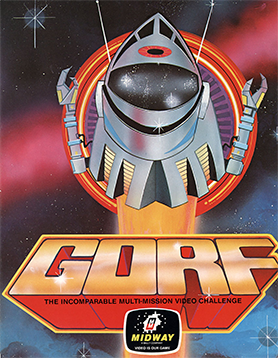
Gorf is an arcade video game released in 1981 by Dave Nutting Associates. It is a fixed shooter with five distinct levels, the first of which is based on Space Invaders and another on Galaxian. The game makes use of synthesized speech for the Gorfian robot which taunts the player, powered by a speech chip. Gorf allows the player to buy two additional lives per quarter before starting the game, for a maximum of seven lives.

Knight Lore is a 1984 action-adventure game developed and published by Ultimate Play the Game, and written by company founders Chris and Tim Stamper. The game is known for its use of isometric graphics, which it further popularized in video games. In Knight Lore, the player character Sabreman has forty days to collect objects throughout a castle and brew a cure to his werewolf curse. Each castle room is depicted in monochrome on its own screen and consists of blocks to climb, obstacles to avoid, and puzzles to solve.

Robotron: 2084 is a multidirectional shooter developed by Eugene Jarvis and Larry DeMar of Vid Kidz and released in arcades by Williams Electronics in 1982. The game is set in the year 2084 in a fictional world where robots have turned against humans in a cybernetic revolt. The aim is to defeat endless waves of robots, rescue surviving humans, and earn as many points as possible.
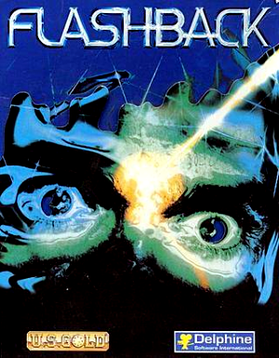
Flashback, released as Flashback: The Quest for Identity in the United States, is a 1992 science fiction cinematic platform game. It was developed by Delphine Software of France and published by U.S. Gold in the United States and Europe, and by Sunsoft in Japan.
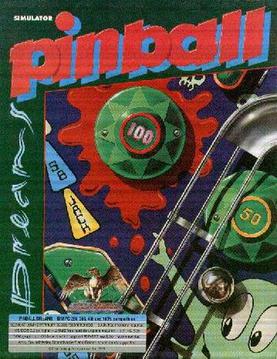
Pinball Dreams is a pinball simulation video game developed by Digital Illusions and originally released for the Amiga in 1992. It spawned several sequels, including Pinball Fantasies and Pinball Illusions. The MS-DOS port was digitally released by Rebellion Developments along with its sequel and Pinball Mania on February 22, 2011 on GOG.com with support for Microsoft Windows. It received an OS X build on April 23, 2013; and a Linux build on August 19, 2014.

Crossfire is a multidirectional shooter created by Jay Sullivan for the Apple II and published by On-Line Systems in 1981. Using keyboard-based twin-stick shooter controls, the player maneuvers a ship in a grid-like maze. Versions with joystick-control use the stick for movement and switch to firing mode when the button is held down.

Alien Breed 3D is a first-person shooter developed for Amiga by Team17 and distributed by Ocean Software in 1995. It is the fourth installment in Alien Breed franchise, a series of science fiction-themed shooters.

Alien Breed 3D II: The Killing Grounds is a first-person shooter game developed by Team17 for Amiga. Published by Ocean Software in 1996, it is the fifth game in the Alien Breed franchise, a series of science fiction-themed shooters.
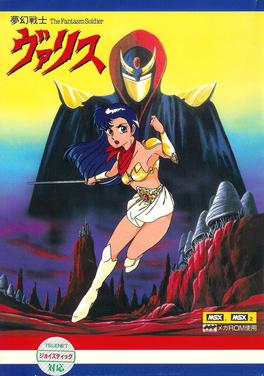
Valis: The Fantasm Soldier is a 1986 action-platform video game originally developed by Wolf Team and published by Telenet Japan for the MSX, PC-8801, X1, FM-7, and PC-9801 home computers. It is the first entry in the Valis series. It stars Yuko Asou, a Japanese teenage schoolgirl chosen as the Valis warrior and wielder of the mystical Valis sword to protect the Earth, the land of spirits, and the dream world Vecanti from demon lord Rogles. Throughout the journey, the player explores and search for items and power-ups, while fighting enemies and defeating bosses to increase Yuko's attributes.
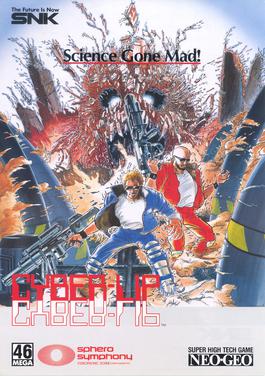
Cyber-Lip is a run and gun video game released in arcades by SNK in 1990 for the Neo Geo MVS. It was released for the Neo Geo AES home console in 1991.

The Vision Factory was a Dutch developer of video games for the Philips CD-i.

Kether is a video game developed by Infogrames and published by Philips for the CD-i.

The Apprentice is a 1994 vertically scrolling platform game developed by The Vision Factory and published by Philips Interactive Media in North America and Europe exclusively for the Philips CD-i. The first title to be created by The Vision Factory for the CD-i platform, the game is set on a fantasy setting inside the castle of wizard Gandorf S. Wandburner III, as players assume the role of young apprentice magician Marvin in order to complete a series of tasks given by his master while facing multiple mischiefs and creatures along the way.

Rayxanber II is a 1991 horizontally scrolling shooter video game developed and published by Data West for the PC Engine CD-ROM². It is the sequel to Rayxanber, which was released earlier in 1990 for the FM Towns. In the game, the player assumes the role of a fighter pilot controlling the Eliminate Scanner AD space craft to protect Earth against an alien invasion led by the returning Zoul Empire. The title was created by Team 50, a group within Data West that previously worked on the first entry for FM Towns. The music was scored by Yasuhito Saito, who composed for the original entry and also worked on titles such as Layla and The 4th Unit series.
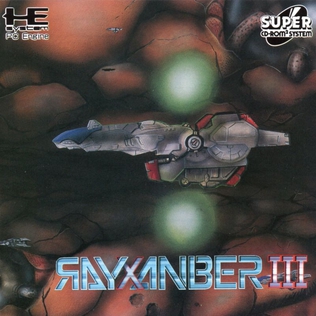
Rayxanber III is a 1992 scrolling shooter video game developed and published by Data West for the PC Engine Super CD-ROM². It is a follow-up to Rayxanber II, which was released earlier in 1991 for the PC Engine CD-ROM², and the last entry in the Rayxanber trilogy. In the game, the player assumes the role of a fighter pilot controlling the ES3 Donner Kyle space craft deployed into the homeworld of the Zoul Empire, in retaliation for the destruction of a mother ship from Earth. It retains the same gameplay as its predecessors, with the players fighting against an assortment of enemy forces while avoiding collision with their projectiles and other obstacles.
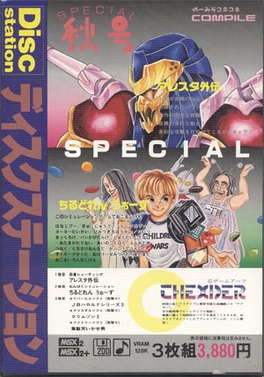
Aleste Gaiden is a 1989 vertically scrolling shooter video game developed and published by Compile for the MSX2 home computer. A follow-up to Aleste (1988), it was included as part of the autumn special edition of Disc Station, a monthly disk publication by Compile. It is a sidestory to the main series, taking place in an alternative continuity. Controlling the soldier Raymond Waizen, protagonist of the first game wearing a cybernetic ninja suit, the player must overthrow the supercomputer DIA 51 by fight waves of enemies and bosses, while avoiding collision with their projectiles and other obstacles.


















